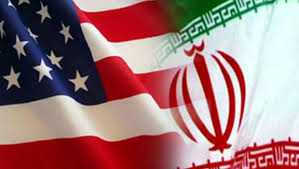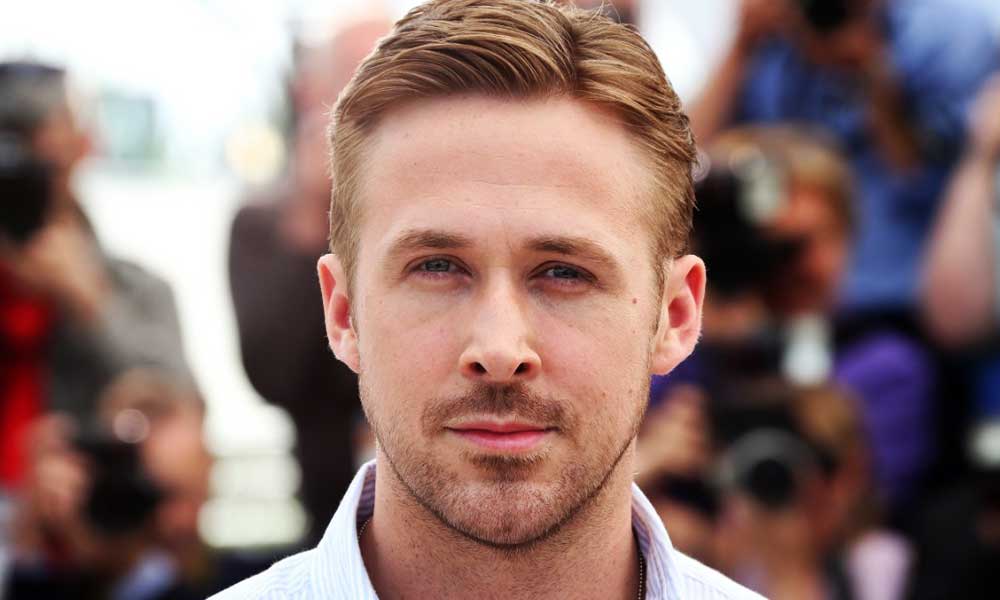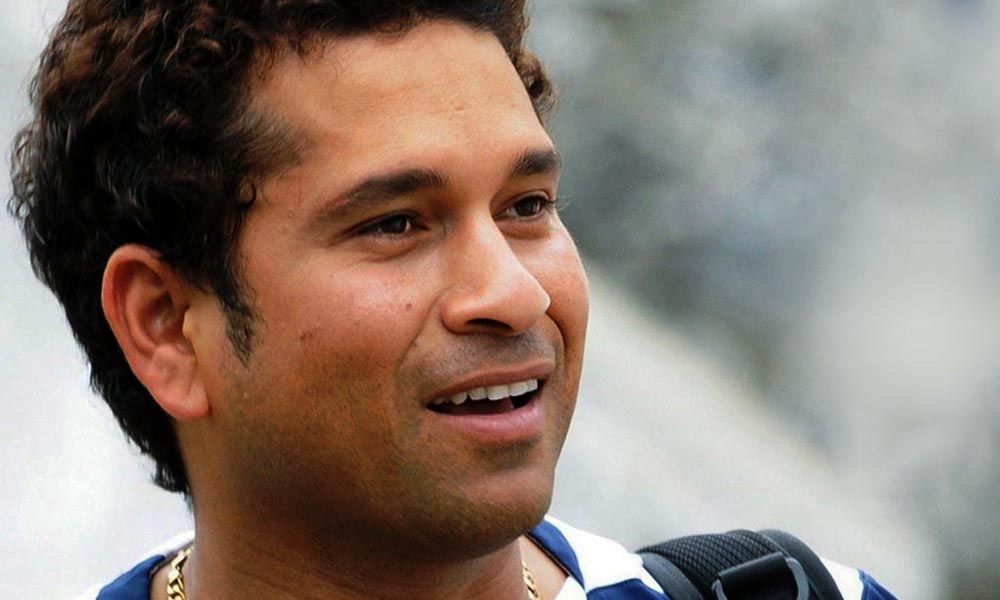A track of events that led to the thaw between US and Iran…
After seeing off Indian Prime Minister Manmohan Singh after their summit meeting in September, President Barack Obama hurried back to his Oval office in the White House to make a historic phone call.
Obama’s 15 minute call to Iranian President Hassan Rouhani at around 2:30 p.m. on Friday Sep 27 – as the latter headed in a car to the airport after attending the UN session in New York – laid the foundation for the landmark nuclear deal between Iran and six world powers led by the US announced Sunday.
“The two of us discussed our ongoing efforts to reach an agreement over Iran’s nuclear programme,” said Obama in a statement from the White House briefing room after the first conversation between the US and Iranian leaders since the 1979 Iranian revolution.
What part Manmohan Singh played, if any, in Obama’s decision to make the ice-breaking call to Rouhani is not clear, though they did discuss Iran at their summit hours earlier.
As the India-US Joint Statement after the Obama-Singh Summit noted: “The Leaders stressed the need for diplomacy to resolve outstanding issues relating to Iran’s nuclear programme, and called on Iran to comply with its IAEA and UN Security Council obligations.”
But media reports suggest that Obama’s historic conversation with Rouhani was less of “a foreign-policy milestone born of a rush of last-minute diplomacy” than it was made out to be and “was more intricately choreographed” with an Indian-American official playing a key role.
“Obama had empowered the administration’s top Iran specialist, Puneet Talwar, for some time to have direct meetings and phone conversations with Iranian Foreign Ministry officials,” the Wall Stree Journal reported citing unnamed US and European officials.
“Talwar, an Indian-American steeped in Iran policy, has at times conveyed a succinct message for his Iranian interlocutors: The US wants to peacefully resolve the dispute over Tehran’s nuclear programme,” it said citing the officials.
Talwar, special assistant to the president and National Security Council senior director for Iran, Iraq, and the Gulf States, earlier served as a senior staffer on the Senate Foreign Relations Committee, chaired by then Senator Joe Biden, who is now vice president.
While working for the Senate, Talwar was part of a small group of American academics, congressional officials and retired diplomats who met with Iranian officials during George W. Bush’s two terms as president, the Journal said.
Talwar, who joined the Obama-Biden team in 2008, has represented the White House at all of the formal negotiations conducted between Iran and the global P5+1 powers (Britain, China, France, Germany, and Russia), since 2009, according to the Journal.
The Nov 24 “initial nuclear agreement” between Iran and the six powers announced Nov 24 freezes key elements of Iran’s nuclear programme in exchange for limited sanctions relief and provides negotiators with a six-month time frame to work toward a comprehensive and lasting accord.
As the six powers have agreed to freeze plans to further reduce Iran’s crude oil sales, India, Iran’s second largest customer, is expected to be one of the biggest economic benefactors from the interim deal, according to analysts.
Without the sanctions India, China, South Korea and Japan, who have been given waivers by the US, would find it easier to lift the contracted supplies.
India, which has reduced its crude imports from Iran from 12-14 percent to 7.2 percent post sanctions, would also not be under pressure to cut them down further.
IANS





